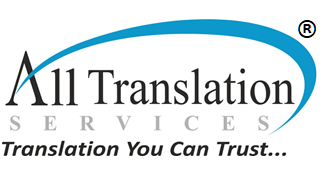Translation industry and the technology
With evolving technology, the translation industry has reached higher levels.
A forecast says that the Translation Services Market would be at USD 46.22 Billion by 2028. Experts estimate it to grow at a rate of 2.07% in 7 years.
Also, the global translation industry is worth approximately $56.1 billion as of 2021. Several modern tools help the translation industry reach high value and growth.
Digital Dictionaries
Dictionaries play a vital role in helping a translator speed up their work. Also, they ensure that the work is done properly. However, gone are the days when dictionaries were thick, heavy books. Nowadays, translators use digital versions. They have most of the content translators need. One major issue of digital dictionaries is that they may not be credible. However, this is hardly an issue for expert translators.
The Electronic Dictionary Market will rise at a rate of 15% by the end of the global forecast time of 2017-2023. Studies expect the demand to add up to an estimated USD 8 billion.
Internet
The internet has helped the trade grow. It caters to freelancers and helps them find clients easily. CSA Research held a survey of experienced translators in around 178 countries. It found that 75% of respondents were self-employed. Thus helping such people, that is, freelancers would mean an overall increase in the value of the trade.
Also, translation sites, which change texts from one dialect to another, have been around for nearly 20 years. These sites are free and at hand to the general public. On average, they translate over 500 million words daily. In old times, people used to collect such content from libraries.
CAT Tools
Almost 30 years ago, the first computer-assisted translation software was released. In this application, the tool stores translated texts in a translation memory. Then it uses those translation memories to simplify and improve further translation processes. Translators were greatly able to speed up their work with this feature, but the growth continued from there. The launch of merged termbases in CAT tools in the early 1990s caused a huge rise in the quality of translations.
Thus, recent data shows that over 270,000 translators use CAT tools. A survey shows that 88% of full-time translators use at least 1 CAT tool. Translators found that using translation software can improve their efficiency by at least 30%.
MT (Machine Translation)
Machine translation not only helps with translation but also gives an output. But, this type of machine-translated text may have to be revised and edited by a human translator. The method might be useful only for large-scale projects and texts in which readability is not important. That said, the machine translation market had a value of $650 million in the year 2020. Moreover, the service providers have introduced over 2000 language pairs after mid of 2020.
Modern technology changed the industry in a unique way. It has many tools available at the click of a button. However, the many tools are not perfect and require human monitoring. That said, in the future, as technology improves, modern tools will be able to provide a much better translation.
